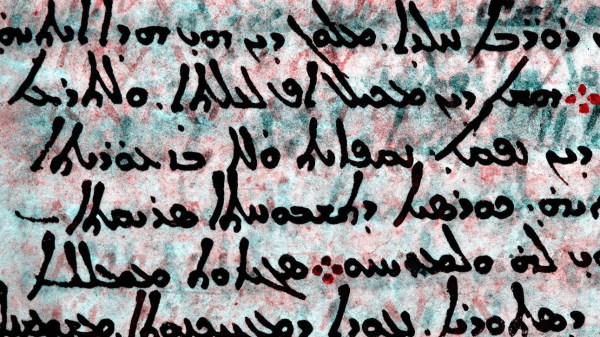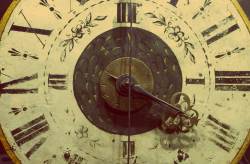Ancient Greek astronomer Hipparchus worked to accurately catalog and record the coordinates of celestial objects. But while Hipparchus’ Star Catalogue is known to have existed, the document itself is lost to history. Even so, new evidence has come to light thanks to patient work and multispectral imaging.
Hipparchus’ Star Catalogue is the earliest known attempt to record the positions of celestial bodies (predating Claudius Ptolemy’s work in the second century, which scholars believe was probably substantially based on Hipparchus) but direct evidence of the document is slim. Continue reading “Multispectral Imaging Shows Erased Evidence Of Ancient Star Catalogue”












